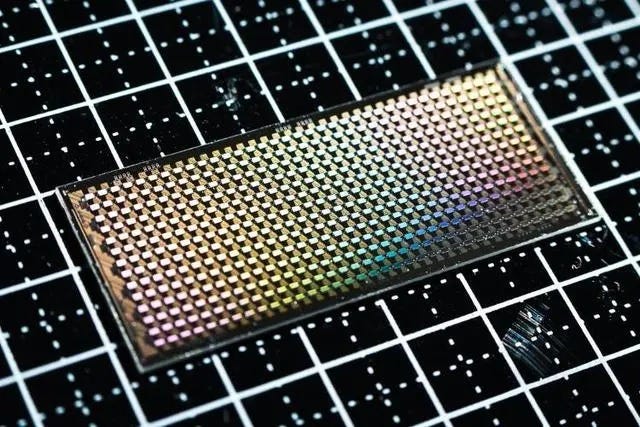
Connects decision-makers and solutions creators to what's next in quantum computing
Quanscient Fluid Dynamics Project Wins Fujitsu Quantum Prize
Winning simulation algorithm could have applications in vehicle, ship and aircraft manufacturing

Finnish quantum technology company Quanscient has won the global Fujitsu $100,000 Quantum Simulator Challenge with a project on quantum algorithms for fluid dynamics.
Fluid dynamics is a field in physics that deals with the complex behavior of liquids and gases as they flow, usually around solid objects. It has applications in many engineering fields, including vehicle, ship and aircraft manufacturing, HVAC design and biomedicine.
The Quanscient team applied quantum techniques to fluid dynamics to improve the performance of complex fluid simulations, applying the company’s experience in complex R&D.
"This achievement not only underscores our expertise in quantum computing but also reinforces our role in addressing challenges in complex simulations,” says Quanscient chief scientist Valtteri Lahtinen.
Fujitsu��’s competition invited members of the quantum industry and academia to devise quantum simulation algorithms for unique problems and applications and run them on its 39-qubit quantum simulator.
"Quanscient's winning project demonstrated the remarkable potential of quantum algorithms in addressing societal challenges,” said the head of Fujitsu’s technology strategy unit Hideto Okada.
“Quanscient’s pioneering work in applying quantum techniques to the field of fluid dynamics holds a multitude of prospective applications. We eagerly look forward to witnessing their future innovations.”
Design complexity is increasing in many fields, including aerospace, automotive and electronics, challenging the limits of classical computing. These complex challenges could be addressed by quantum computing. Quantum simulations are also contributing to new fusion energy technologies and quantum hardware development.
“Our long-term quantum computing vision involves transitioning much of global computational fluid dynamics to quantum computing for its efficiency and lower CO2 emissions,” said Lahtinen.
“We aim to expand our quantum algorithms to cover different physics types, which could enable currently unfeasible simulations, such as real-time digital twins of complete fusion power plants and airplanes. We aim to integrate our pioneering quantum algorithms into our simulation products in the next couple of years.”
About the Author(s)
You May Also Like
.png?width=100&auto=webp&quality=80&disable=upscale)
.png?width=400&auto=webp&quality=80&disable=upscale)




